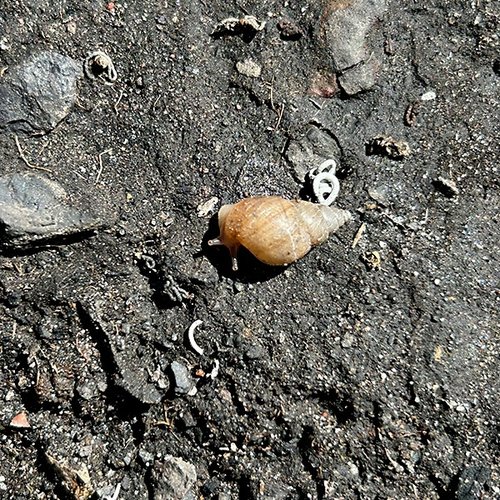Fertilizer Australia will launch the national Fertiliser Labelling Awareness campaign in coming months, predominantly through social media and direct communication designed to target horticultural growers, industry bodies and rural retailers.
This campaign is designed to raise awareness of the importance of fertiliser labelling, how to recognise the correct labelling of fertilisers and the potential consequences of purchasing products that do not have the correct labelling.
Fertilizer Australia executive manager, Stephen Annells, said the real danger of incorrect or no labelling, especially for Australia’s horticultural industry, is that some fertilisers can also contain impurities from the raw material or the manufacturing process; some of these can put plant health, human health and food safety at risk.
“There have been several cases where the quality of imported fertiliser has not matched the certificate of analysis provided by the supplier. In one case, cadmium levels far exceeded the maximum permissible concentration. In another, the ‘fertiliser’ appeared to simply be soil.”
Mr Annells said reputable suppliers will ensure these issues are managed by the QA systems of the manufacturers and importer’s, including sampling and product analysis.
“It’s a timely initiative because recent supply chain restrictions, resulting from COVID and Russia’s invasion of Ukraine, have led to several examples of products being sourced from markets Australia is less familiar with, and markets that are unfamiliar with Australia’s labelling requirements.
“Several of these consignments, largely sold into the horticultural industry, had no labels at all. Some didn’t even have correct safety data sheets or certificates of analysis.
“So, what’s the potential impact of incorrect labelling? Fertiliser, if misused, may not have the desired effect on crop yields, can potentially cause environmental damage and even be dangerous for the user.
“A correct label provides all the information to avoid these risks. It provides the information for sound decisions that will optimise crop yields, protect the environment, protect the fertiliser applicator, and ensure nothing on the crop can affect its purchaser.
Fertilizer Australia has worked with the Australian states (which hold the legislation for correct labelling) to develop the National Code of Practice for Fertiliser Description and Labelling. Mr Annells said while this is a dry read, it clearly states what must be on a label in Australia. This can be found on Fertilizer Australia’s website.
“Even labelled products must be scrutinised to ensure they comply with the National Code of Practice for Fertiliser Description and Labelling. We have found that some of these products are not labelled in English, and we are aware of products classified as dangerous goods that fail to comply with Global Harmonisation Standards for Dangerous Goods.
“Fertilizer Australia recognises that incorrectly labelled products have a higher risk of being misused, damaging the environment or posing food safety risks. This taints the reputation of fertilisers and could impact Australian growers’ social licence to use fertilisers,” Mr Annells said.
“We encourage growers to reject fertilisers that don’t have a label or are not correctly labelled. This sends a message to suppliers of these products and encourages them to purchase from supply chains that understand Australian requirements.
“If you see incorrectly labelled products or products without labels, we encourage you to either call Fertilizer Australia (or your state authorities); there are things we can do to ensure suppliers correctly label their fertilisers.
“The members of Fertilizer Australia all abide by codes of practice, including the National Code of Practice for Fertiliser Description and Labelling.
“Fertilizer Australia’s members have over 95% of the tonnes of fertiliser imported, manufactured, and distributed throughout Australia, so plenty of good quality fit-for-purpose product exists. You can find a list of members on Fertilizer Australia’s website.
“To ensure the fertilisers you purchased have been ethically sourced, correctly labelled and are true to their label, it is safest to purchase from Fertilizer Australia members.”




